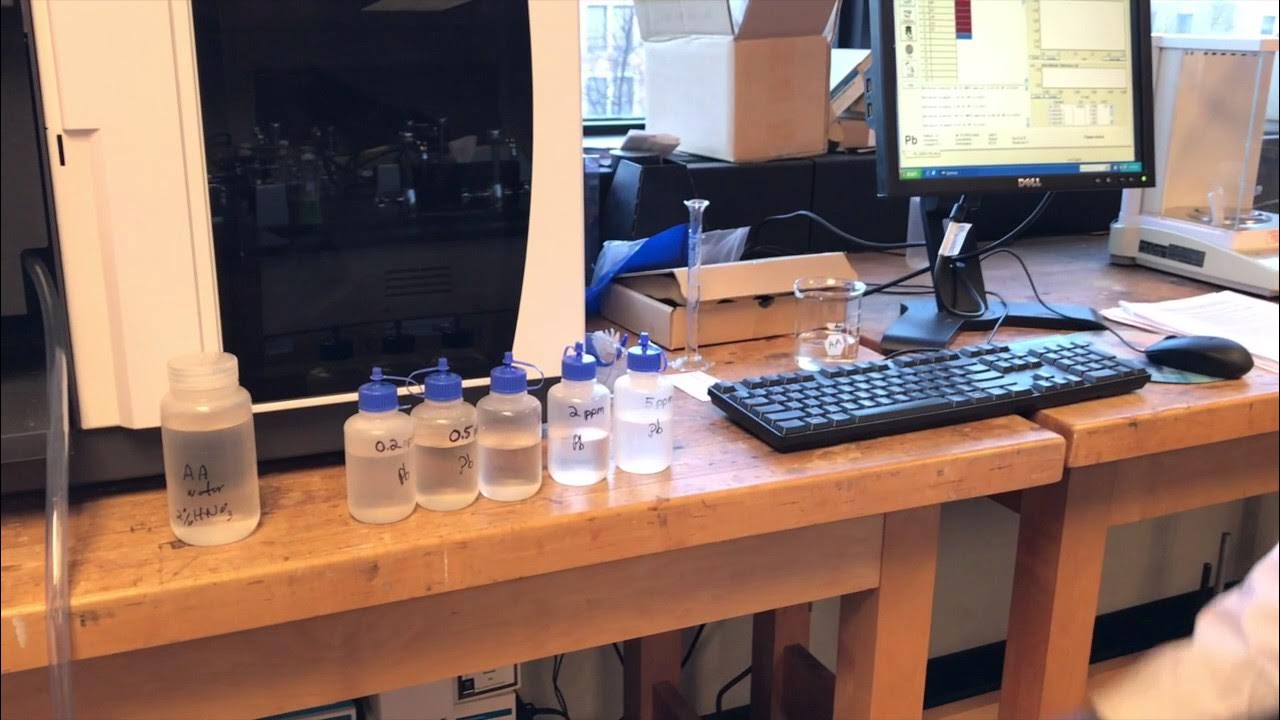praktikum shell and tube heat exchanger
Summary
TLDRThis video script provides a detailed explanation of the operation and calibration of a heat exchanger system, specifically the HE3 model. The process involves adjusting cold and hot fluid flows using various valves to ensure balanced and steady flow rates. Key steps include the calibration of fluid flow using rotameters, recording temperatures and flow rates, and ensuring the system reaches a stable state. The script also emphasizes safety precautions, such as wearing gloves to handle high-temperature fluids. The process concludes with instructions for shutting down the system safely after calibration.
Takeaways
- 😀 The heat exchanger system is designed to heat a cold fluid using steam, which helps produce hot fluid for various processes.
- 😀 The system includes a steam trap to ensure no steam escapes, maximizing the efficiency of the heat transfer process.
- 😀 Flow rates of both hot and cold fluids are controlled via different valves (V2, V6, V8, etc.) to ensure equal distribution between pipes and sections of the heat exchanger.
- 😀 Cold water flow is calibrated by opening specific valves (V2, V7, V11) while monitoring the flow using a rotameter.
- 😀 A sample of the outgoing cold water is collected in a measuring cup for verification, ensuring that the flow rate is consistent over time.
- 😀 Calibration of hot fluid flow involves opening valves (V2, V8, V17, V18, V14) and monitoring the flow with the rotameter.
- 😀 Accurate flow rate calibration involves measuring the amount of water exiting through valve V18 and recording the flow during a set period.
- 😀 For optimal system operation, cold water flows into the system’s pipes and outer sections, maintaining a consistent flow with proper valve adjustments.
- 😀 The hot water system is adjusted to maintain a temperature below 80°C, ensuring safe operation during the heat exchange process.
- 😀 Data recording should be done multiple times (3-4) at intervals of 3 to 5 minutes to ensure stable and accurate measurements of fluid temperatures and flow rates.
- 😀 Safety precautions, including the use of gloves, are essential when handling high-temperature fluids to avoid injury.
Q & A
What is the primary function of the heat exchanger described in the script?
-The primary function of the heat exchanger is to transfer heat from steam to cold water, thus heating the water without steam escaping the system.
How does the steam trap work in the heat exchanger system?
-The steam trap ensures that no steam escapes the system, which helps in maintaining the efficiency of the heat transfer by preventing steam from exiting the system.
What valves are involved in the cold water flow calibration process?
-The cold water flow calibration process involves opening valves V2, V7, V11 and closing valves V1 and V8 to stabilize the flow of cold water.
How do you ensure the hot fluid flow is properly calibrated?
-To calibrate the hot fluid flow, you open valves V2, V8, V17, and V14, wait for the flow to stabilize, and then measure the flow rate using a rotameter.
What is the purpose of the rotameter in this system?
-The rotameter is used to monitor and calibrate the flow rates of both cold and hot fluids, ensuring accurate and consistent fluid flow during the heat exchange process.
How do you know when the system has reached steady-state conditions?
-The system reaches steady-state conditions when the fluid flows stabilize, and the temperature readings and flow rates become consistent over a period of time, usually recorded every 3-4 minutes.
What safety precautions should be taken when handling the system?
-When handling the system, it is important to wear protective gloves to avoid burns from hot surfaces or fluids, and ensure that no steam or hot fluid is exposed to personnel.
What is the significance of the temperature limit (80°C) mentioned in the script?
-The temperature limit of 80°C is critical to ensure that the fluid does not overheat, which could lead to equipment damage or safety hazards, and to maintain efficient operation.
What is the procedure for shutting down the system?
-To shut down the system, close valves V14, V8, and V18 to stop the hot steam flow, ensuring no further heat is transferred into the cold fluid.
Why is it important to perform multiple measurements of the fluid flow?
-Multiple measurements are important to ensure the consistency and accuracy of the flow rates and temperature readings, as fluctuations can occur during the calibration and steady-state processes.
Outlines

This section is available to paid users only. Please upgrade to access this part.
Upgrade NowMindmap

This section is available to paid users only. Please upgrade to access this part.
Upgrade NowKeywords

This section is available to paid users only. Please upgrade to access this part.
Upgrade NowHighlights

This section is available to paid users only. Please upgrade to access this part.
Upgrade NowTranscripts

This section is available to paid users only. Please upgrade to access this part.
Upgrade NowBrowse More Related Video

Atomic Absorption Spectroscopy Part 2

Confirmatory Testing by Mass Spectrometry in Forensic Context

Calibrate Your XY & Z Steps For Dimensional Accuracy of Your 3D Prints

ServSafe Chapter 4: The Flow of Food

Introduction to a Closed Loop Control System

Basics : Units & Dimensions || Bioprocess Engineering || GATE || DBT || NS Online Education
5.0 / 5 (0 votes)